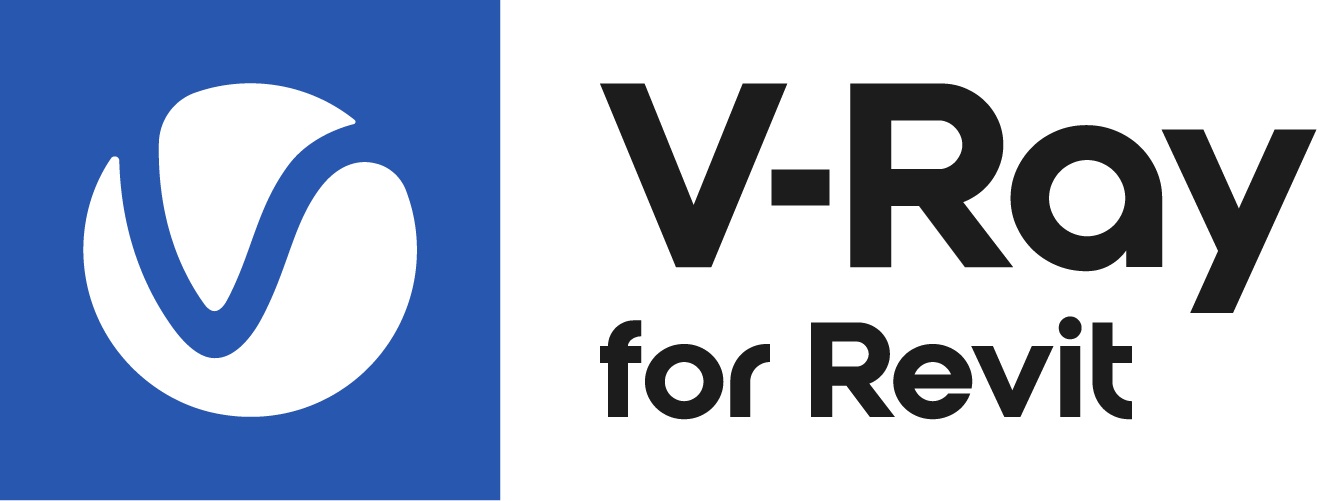This page provides information on the V-Ray Cloth Texture.
Overview
The Cloth texture map can be used to generate a procedural cloth texture. It gives a high level of control making it an easy matter to produce the look of a loose or close weaved cloth. It also allows control over the amount of random weave distortion and its channels can be connected to texture maps.
Parameters
Color Gap – Controls the color of the gaps between the fabric fibers. When a texture is selected, it overrides the color as long as the texture checkbox is enabled.
Color U – Controls the horizontal thread color. A texture map can be used for this parameter, as long as the checkbox is enabled.
Color V – Controls the vertical thread color. For more information, please see the U Color, V Color and Gap Color example below. A texture map can be used for this parameter, as long as the checkbox is enabled.
Random Shade – Randomizes the texture brightness based on noise. A texture map can be used for this parameter, as long as the checkbox is enabled.
Width U – Controls the horizontal thread width. A texture map can be used for this parameter, as long as the checkbox is enabled.
Width V – Controls the vertical thread width. For more information, please see the U Width and V Width example below. A texture map can be used for this parameter, as long as the checkbox is enabled.
Random Width – Randomizes the fibers' width based on noise. A texture map can be used for this parameter, as long as the checkbox is enabled.
Example: U Color, V Color and Gap Color
Example: U Width and V Width
Wave
Wave U – Controls the amount of wave in the horizontal direction. A texture map can be used for this parameter, as long as the checkbox is enabled.
Wave V – Controls the amount of wave in the vertical direction. For more information, please see the U Wave and V Wave example below. A texture map can be used for this parameter, as long as the checkbox is enabled.
Random Wave – Randomizes the waves based on a noise. For more information, please see the Random Wave example below. A texture map can be used for this parameter, as long as the checkbox is enabled.
Example: U Wave and V Wave
Example: Random Wave
Color Manipulation
Invert Texture – Inverts the RGB texture values.
Alpha from Intensity – Uses the texture RGB intensity/ luminance as alpha channel.
Color Gain – Corrects the color of the texture by multiplying the the RGB color values in the texture with the RGB color values specified here. A texture map can be assigned here.
Color Offset – Corrects the color of the texture by adding the RGB color values specified here to the RGB color values of the texture. A texture map can be assigned here.
Default Color – Specifies a default color used for polygons with no valid UVs. In case the map is not tiled, specifies a default color that is used outside the texture square. When a texture is selected, it overrides the color as long as the texture checkbox is enabled.
Multipliers
Mode – Specifies the multiplication mode of the colors.
Multiply – The color used for blending is black.
Blend Amount – The color used for blending is the one specified in the color slot.
Gap Color – Blends between a color and a texture, if specified.
Color U – Blends between a color and a texture, if specified.
Color V – Blends between a color and a texture, if specified.
MultiExcerpt named Mapping2D was not found -- Please check the page name and MultiExcerpt name used in the MultiExcerpt-Include macro
Notes
By putting the same value into the U Wave and V Wave interesting diagonal effects can be achieved. Similarly loose weaved fabric effect can be produced easily by using higher values in the Width Spread channel.
















